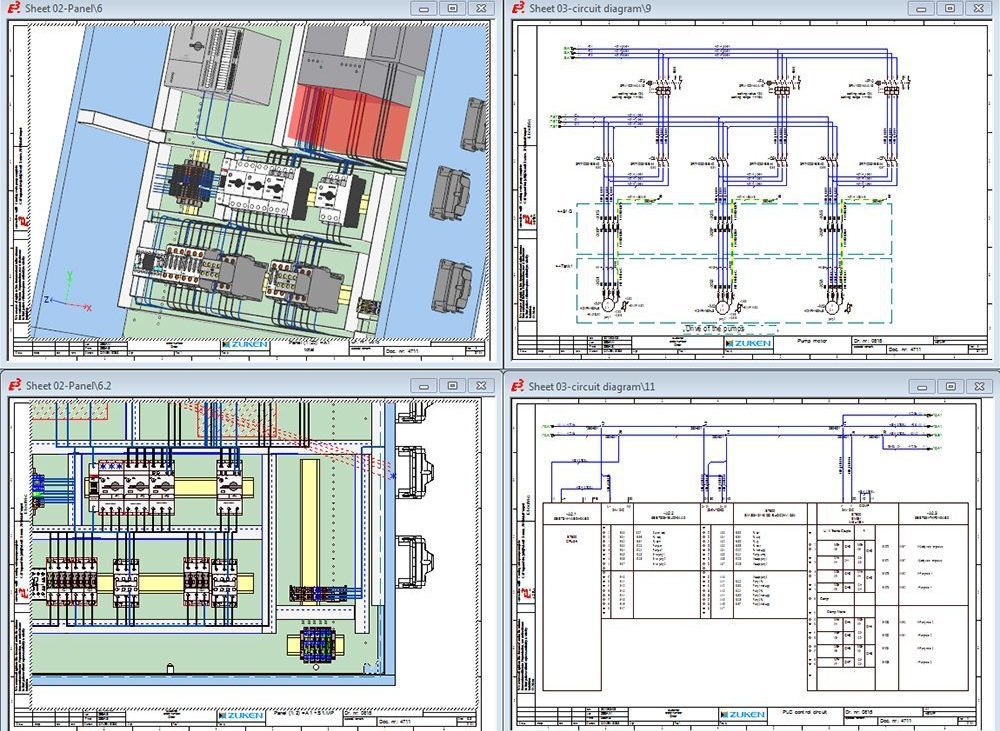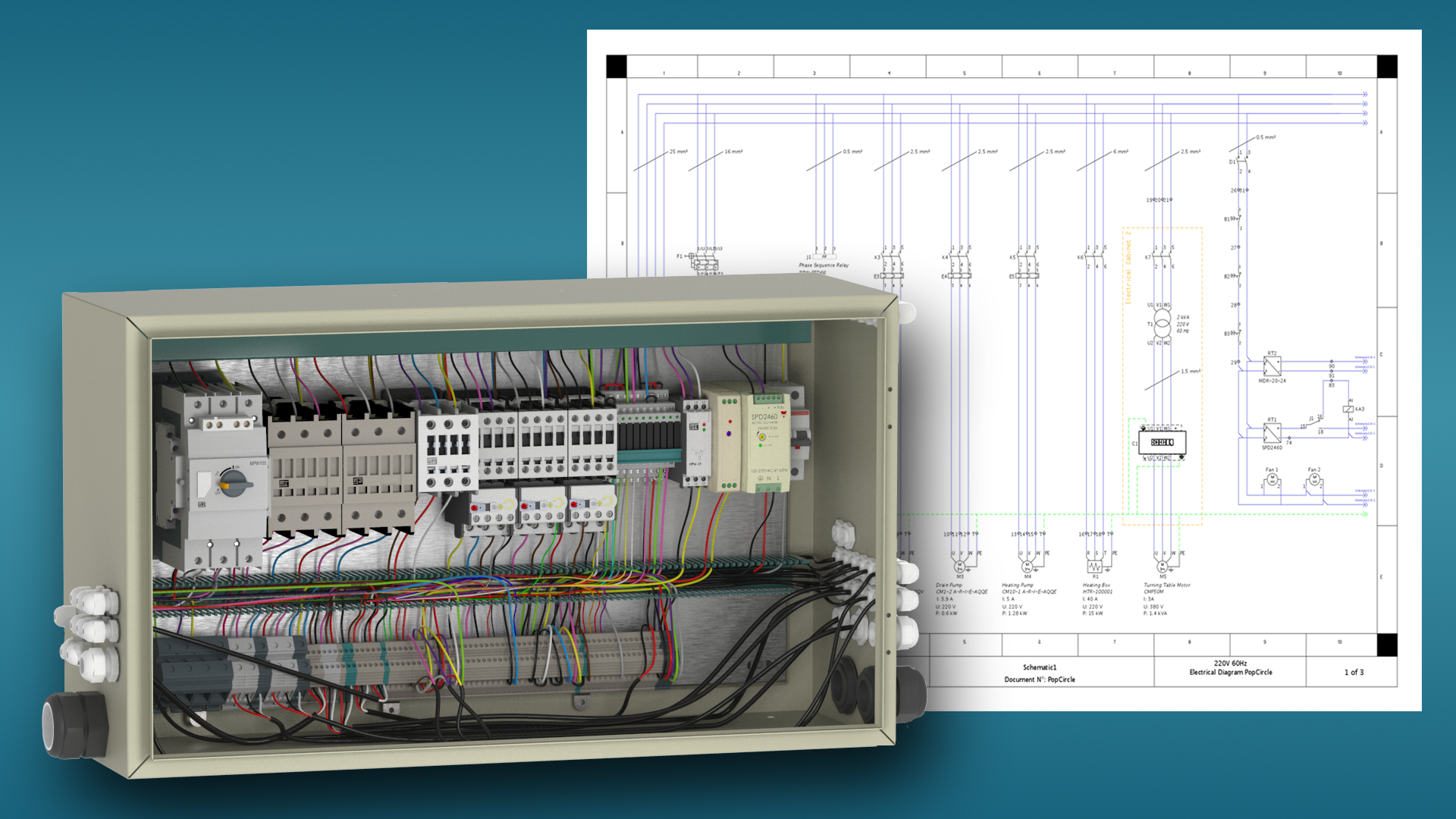Professional Electrical Design Services for New Constructions and Renovations
Professional Electrical Design Services for New Constructions and Renovations
Blog Article
Ingenious Electrical Design Services for Modern Facilities
As city atmospheres expand increasingly complex, incorporating innovations such as clever grids and renewable energy sources ends up being paramount. These innovations not just promise to optimize energy usage but likewise foster strength versus future demands.
Importance of Innovative Electrical Design
Innovative electrical design plays a crucial role in modern-day framework, influencing not just effectiveness yet additionally sustainability. As cities evolve and the demand for power rises, the demand for advanced electrical systems ends up being extremely important. These systems must not just satisfy present demands but additionally anticipate future growth and technological advancements.
A well-executed electric design can considerably decrease energy intake, therefore lowering operational prices and minimizing environmental impact. By incorporating renewable resource sources, such as photovoltaic panels and wind turbines, cutting-edge layouts can boost energy independence and strength. Furthermore, wise grid technologies enable for real-time monitoring and management of energy circulation, maximizing performance and reducing waste.
Safety is one more essential element of electrical design. Executing sophisticated technologies and strenuous requirements can minimize risks associated with electric failures, making certain a protected atmosphere for residents and services alike. In addition, ingenious styles promote versatility, enabling frameworks to integrate emerging innovations flawlessly.
Key Fads in Electric Design
As the landscape of electric design proceeds to advance, numerous key patterns are forming the future of the industry. One significant trend is the combination of clever technology right into electric systems. The proliferation of the Web of Things (IoT) has actually made it possible for real-time monitoring and control of electrical devices, boosting efficiency and helping with anticipating maintenance.
Another trend is the expanding emphasis on modular design. This approach enables for scalable and adaptable options, making it possible for framework to adjust to changing needs without comprehensive remodellings. Furthermore, the usage of sophisticated simulation devices and Building Info Modeling (BIM) is ending up being progressively common, enhancing the design process and improving collaboration among stakeholders.
Moreover, advancements in products science are resulting in the development of lighter, more durable, and energy-efficient parts. This advancement is specifically essential for high-performance buildings and infrastructure projects.
Finally, there is a marked shift in the direction of data-driven decision-making - electrical load calculation. Leveraging information analytics assists designers optimize systems for efficiency and cost-effectiveness. With each other, these patterns signify a transformative period in electrical design, enhancing capability, sustainability, and durability in contemporary framework
Sustainable Energy Solutions
Lasting power solutions are significantly becoming an essential focus in electrical design, reflecting a broader commitment to ecological duty and source performance. These options intend to reduce environmental influence while maximizing energy intake in various frameworks, from property buildings to large business centers.
Among the leading approaches includes the assimilation of sustainable energy sources, such as photovoltaic panels and wind generators, right into electrical systems. This not just minimizes dependency on nonrenewable fuel sources yet likewise boosts power resilience. Furthermore, cutting-edge energy storage space systems, such as sophisticated batteries, make it possible for reliable monitoring and distribution of power, guaranteeing that excess energy produced throughout peak manufacturing can be utilized throughout high demand periods.
In addition, energy-efficient design techniques are being adopted to enhance general system efficiency. This consists of utilizing energy-efficient illumination, cooling and heating systems, and clever structure technologies that adjust and monitor energy usage based on tenancy and ecological conditions.
Smart Grid Technologies
The application of sustainable power solutions naturally causes the exploration of wise grid technologies, which play a critical role in modernizing electrical systems. Smart grids leverage advanced communication technologies and data analytics to enhance the integrity, performance, and sustainability of electrical energy circulation. By incorporating digital innovation with website link typical grid framework, these systems help with real-time monitoring, automated control, and improved decision-making abilities.
One of the key functions of clever grids is their capability to fit renewable resource resources, such as solar and wind power. This adaptability not just lowers reliance on fossil fuels yet also permits for a much more decentralized energy production design. In addition, wise grids enable demand reaction programs, where customers can change their power usage based on real-time rates, thus promoting power conservation and lowering peak load needs.
Furthermore, clever grid modern technologies enhance grid resilience by enabling quicker identification and resolution of blackouts, eventually minimizing downtime. With predictive maintenance and analytics, utilities can improve and enhance procedures service shipment. As cities and neighborhoods proceed to evolve, smart grid technologies are necessary for building a efficient and sustainable electric facilities that meets the needs of modern culture.

Future-Proofing Framework
To ensure long-lasting stability and versatility, future-proofing facilities is vital in the swiftly advancing landscape of electrical design services. As innovation developments and energy needs shift, it is essential that electrical systems are designed with versatility in mind. This entails incorporating scalable solutions that can fit future upgrades without necessitating substantial overhauls.

Additionally, sustainability needs to be a foundation of future-proofed layouts. Utilizing sustainable power sources, such as solar and wind, and enhancing power performance minimize reliance on fossil fuels, aligning with worldwide initiatives to combat climate modification.
Final Thought
Finally, ingenious electrical design solutions play a critical duty in shaping modern-day framework. By prioritizing flexibility, sustainability, and efficiency, these services resolve the progressing needs of energy systems. The assimilation of my site clever grid modern technologies and sustainable power remedies enhances resilience and minimizes functional prices. Future-proofing infrastructure through innovative simulation tools and modular techniques makes sure that electric systems continue to be receptive to changing needs, inevitably adding to a much more energy-independent and sustainable future.
A click this well-executed electric design can dramatically minimize energy intake, consequently reducing operational prices and lessening environmental effect. By incorporating eco-friendly power resources, such as solar panels and wind turbines, innovative designs can boost power independence and strength. Furthermore, innovative power storage space systems, such as advanced batteries, make it possible for reliable management and distribution of power, making certain that excess energy generated throughout optimal manufacturing can be made use of throughout high demand durations.
Smart grids allow need reaction programs, where customers can readjust their power usage based on real-time rates, consequently advertising power preservation and reducing peak lots demands. (residential electrical design)
As technology advances and energy needs shift, it is essential that electrical systems are created with flexibility in mind.
Report this page